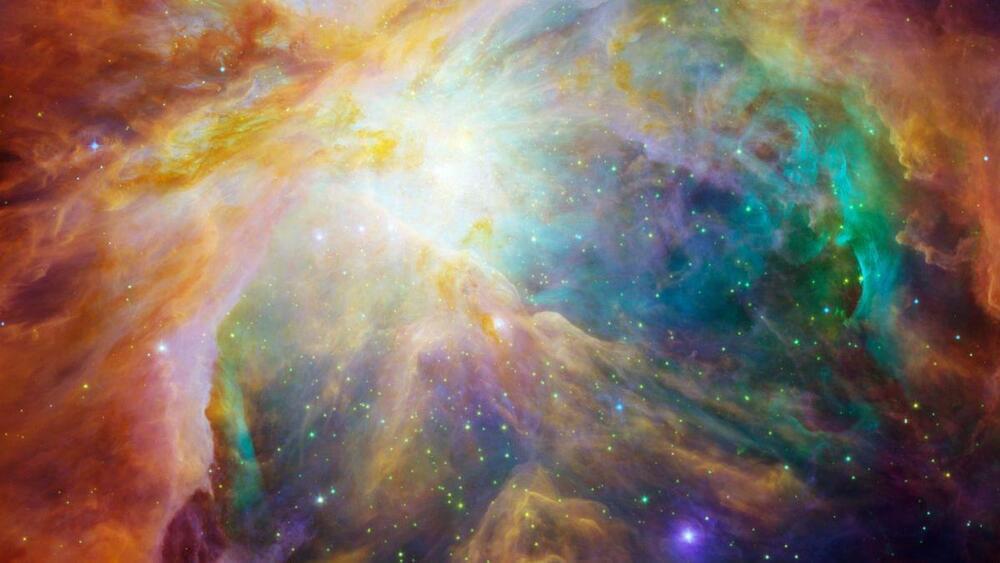The James Webb Space Telescope has taken a stunning image of a perfectly formed Einstein ring, which is also the most distant gravitationally lensed object ever detected.
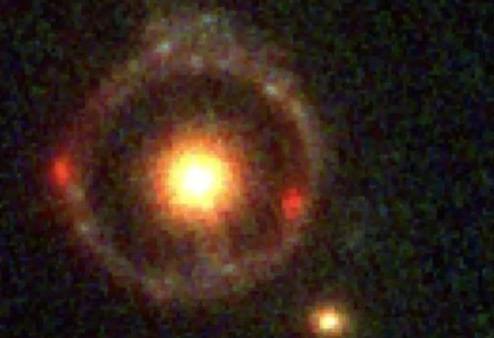

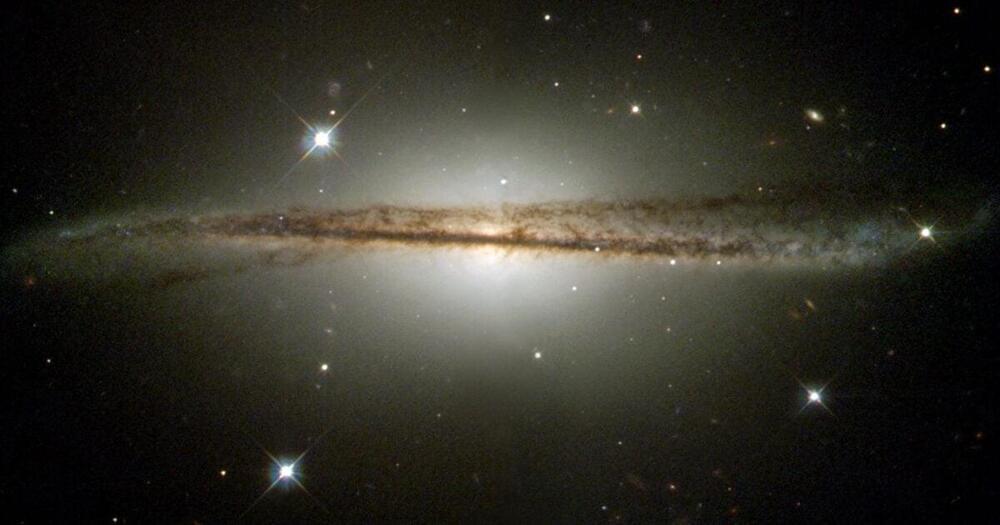
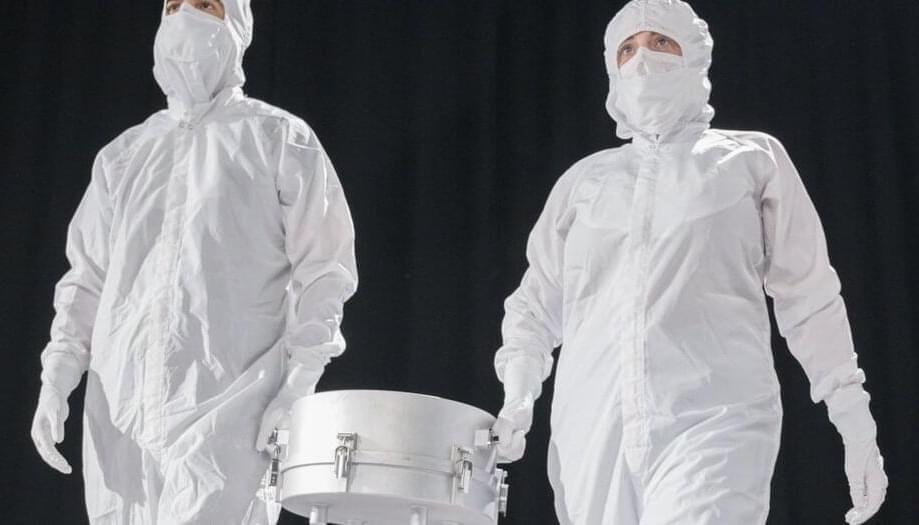
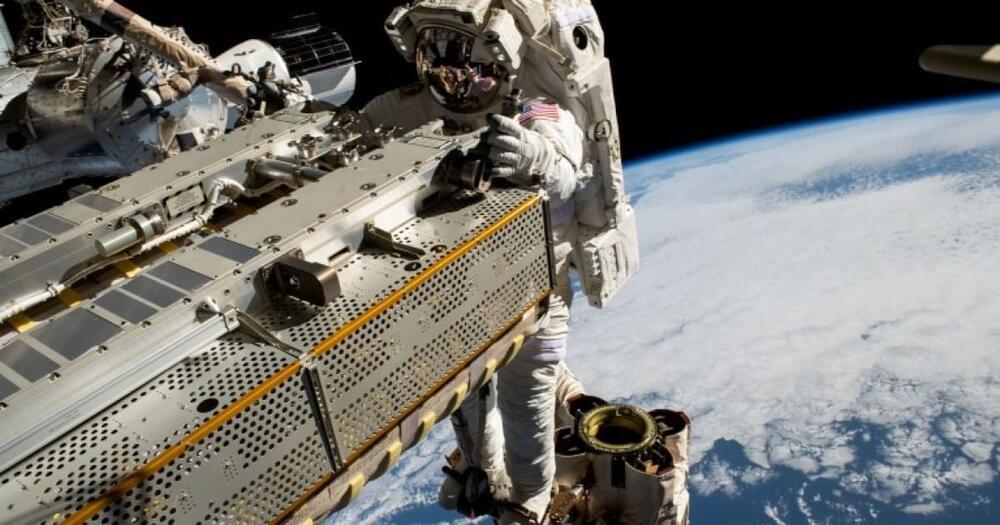
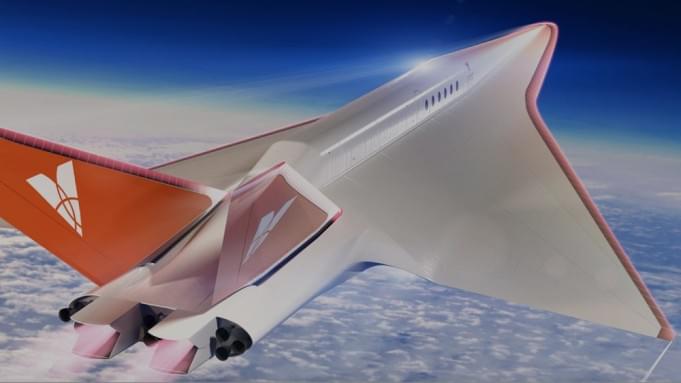

The nation wants to become a leader in space exploration.
As the NASA-led International Space Station (ISS) approaches the end of its life cycle by the 2030s, China wants to increase the size of its space station from three to six modules over the next several years, according to a new report by Reuters.
The newly expanded space station will give astronauts from other countries a different platform for near-Earth missions and will be operational for more than 15 years.

The orbital telescope is slated for launch in 2024.
China’s commitment to space exploration is evident through its active advancements, ranging from building its own space station to setting ambitious goals of sending humans to the Moon by 2030. They are leaving no stone unturned in their quest for space exploration.
China’s space agency has been hard at work preparing for another maiden mission, the Xuntian space telescope, which translates roughly as “surveying the heavens.”

Mitch Lee can tick off the many environmental advantages of electric boats versus ICE counterparts that rule the waves: No exhaust fumes and pollution. No oil slicks trailing in the wake. No guzzling of pricey marine fuel at 2 kilometers-per-liter or less.
But with all respect to the Sierra Club, Arc Boats isn’t in business to save the planet.
“The climate benefits are certainly there. But our goal is to deliver better boats, period,” says Lee, the CEO and former Boeing engineer whose cofounder and CTO, Ryan Cook, is the former lead engineer of Space X.
And its CTO from Space X.
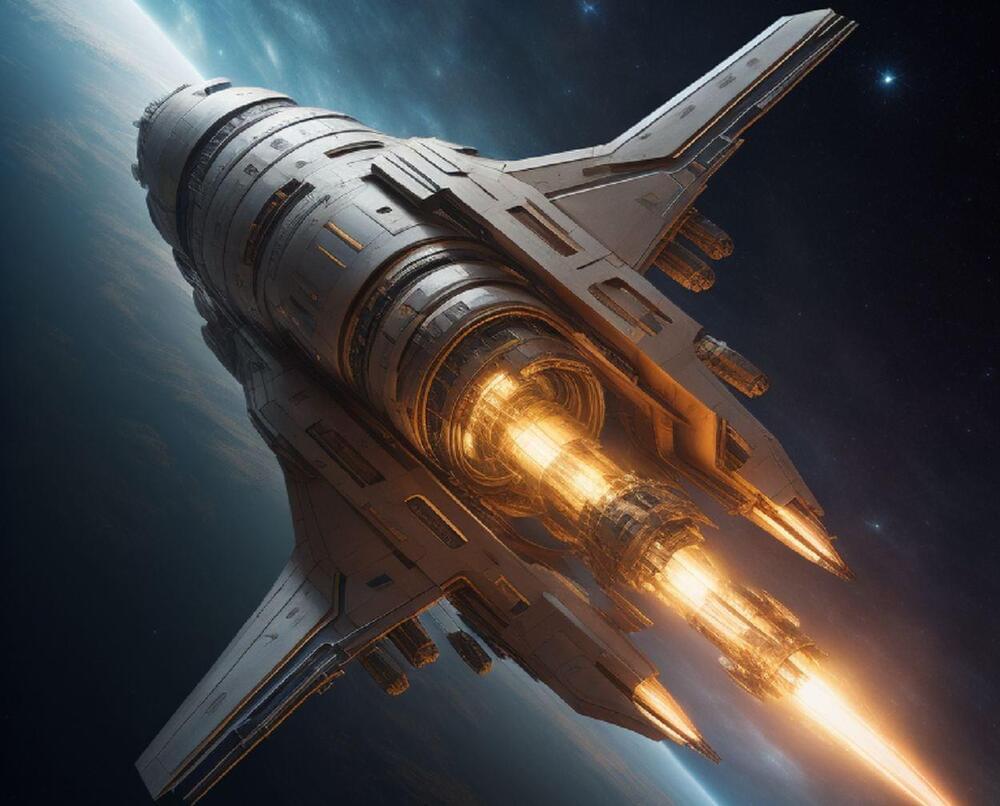
Missions to the Moon, missions to Mars, robotic explorers to the outer Solar System, a mission to the nearest star, and maybe even a spacecraft to catch up to interstellar objects passing through our system. If you think this sounds like a description of the coming age of space exploration, then you’d be correct! At this moment, there are multiple plans and proposals for missions that will send astronauts and/or probes to all of these destinations to conduct some of the most lucrative scientific research ever performed. Naturally, these mission profiles raise all kinds of challenges, not the least of which is propulsion.
Simply put, humanity is reaching the limits of what conventional (chemical) propulsion can do. To send missions to Mars and other deep space destinations, advanced propulsion technologies are required that offer high acceleration (delta-v), specific impulse (Isp), and fuel efficiency. In a recent paper, Leiden Professor Florian Neukart proposes how future missions could rely on a novel propulsion concept known as the Magnetic Fusion Plasma Drive (MFPD). This device combines aspects of different propulsion methods to create a system that offers high energy density and fuel efficiency significantly greater than conventional methods.
Florian Neukart is an Assistant Professor with the Leiden Institute of Advanced Computer Science (LIACS) at Leiden University and a Board Member of the Swiss quantum technology developer Terra Quantum AG. The preprint of his paper recently appeared online and is being reviewed for publication in Elsevier. According to Neukart, technologies that can surmount conventional chemical propulsion (CCP) are paramount in the present era of space exploration. In particular, these technologies must offer greater energy efficiency, thrust, and capability for long-duration missions.
